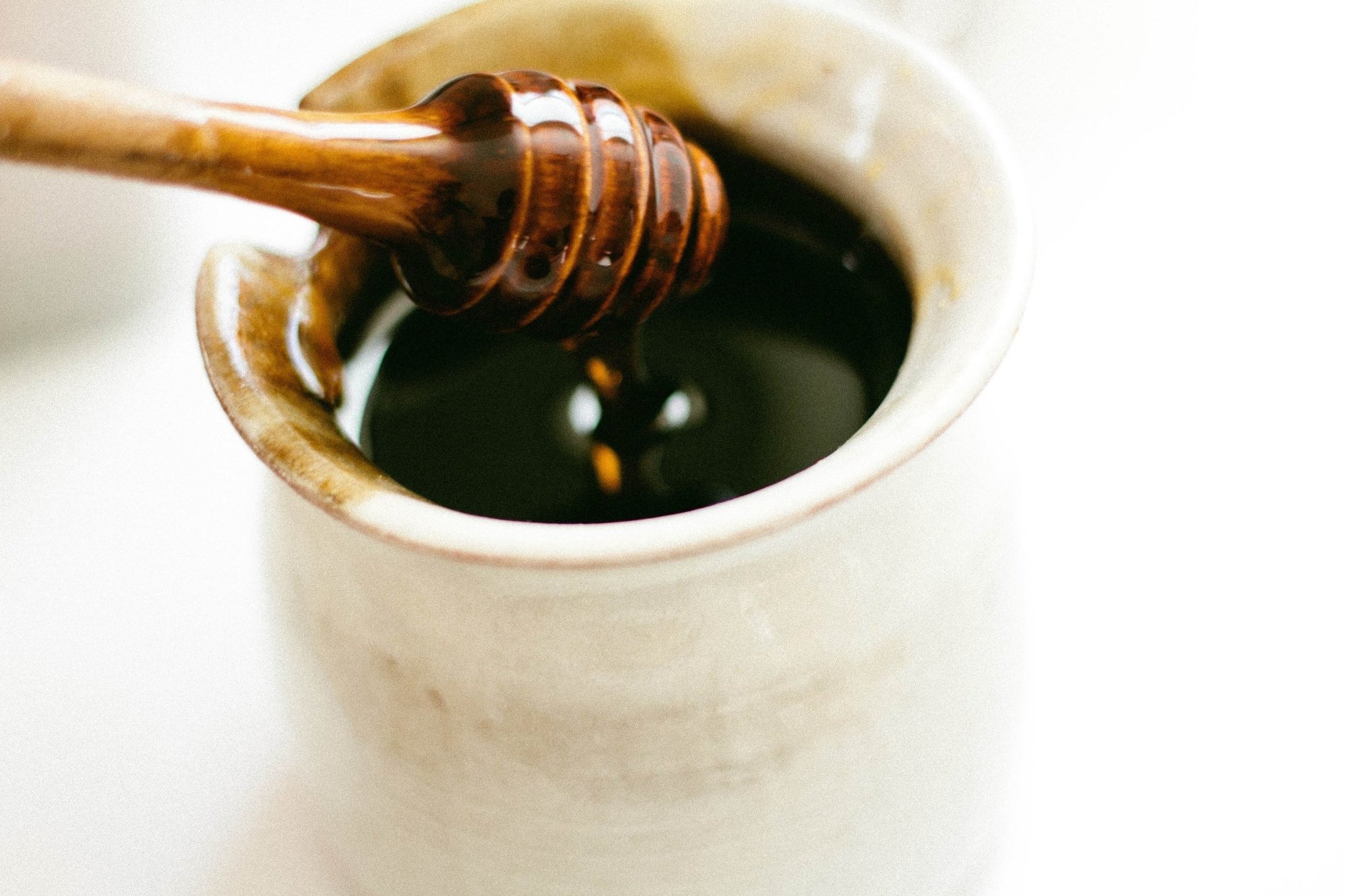

· By Joseph Welstead
How to spot and avoid hidden sugars
Joe Welstead, cofounder of Motion Nutrition, reflects on hidden sugars and how to spot them and avoid them.
I recently heard someone claim that trail bars (AKA cereal bars AKA energy bars) and even some protein bars were no better than Mars bars in terms of their health impact. That it all came down to hidden sugars. Now I don’t easily buy into scaremongering. But this quote happened to come from a man named Gary Taubes, who’s spent most of his life researching the impact of refined carbohydrates and sugars on our health. Well I believe by now most of us are aware that sugar is an enemy to our health. But the extent to which this might be the case is something Taubes’ research pushes to a new level. Indeed, he believes sugars to have “a unique physiological, metabolic and endocrinological (hormonal) effect on our bodies”, and to be at the root of all “diseases of westernisation” – such as type 2 diabetes. It’s important to note that Taubes blames refined carbohydrates as a whole – not just the common table sugar we usually think of as the culprit. And yet common advice about refined carbohydrates and sugars is that they are fine to consume in moderation (the "everything in moderation" approach) – but should be avoided if you have diabetes or insulin resistance. Here lays an issue: if Taubes’ hypothesis is true, if refined carbohydrates cause diabetes, then surely we ought to avoid them in the first place. Easier said than done. Apart from being highly addictive, sugars can be hard to spot in our modern diet. While supermarkets may be making a superficial effort to reduce sugar contents in their products, sugars are often hiding right in front of our eyes. Under a different name.
Here are a few hidden sugars you might want to try and avoid.
Maltodextrin
Worried about spiking your blood sugar levels by eating sugary foods? Be sure to check labels for maltodextrin: this refined, tasteless starch has a GI (Glycemic Index) of up to 130: that’s double regular table sugar (sucrose). What’s worse? Maltodextrin has a way of making it into sports drinks and supplements as a “quick fix” of carbs, with seemingly little attention paid to the long-term health effects. It also acts as a thickening agent used to make drinks feel smoother in the mouth.Brown rice syrup
Here’s an interesting one. Many health-orientated brands have switched from high-fructose corn syrup to something along the lines of rice syrup, brown rice syrup, or even sprouted brown rice syrup, to avoid high levels of fructose. Instead, rice syrup is high in maltose, which has a GI of… 105. Not ideal if you’re trying to control your blood sugar.Concentrated apple juice
Apple juice sounds nicer than plain old sugar, doesn’t it? Except fruit-juice–concentrate sweeteners don't have the vitamins, minerals, phytochemicals, or fibre of whole fruit. They are higher in fructose than high-fructose corn syrup. Aside from adding sweetness, juice concentrates are used as a fat-mimetic to enhance the texture of low-fat foods such as energy bars, meal replacement bars or low-fat yoghurts. Keep an eye out for these ones and certainly don’t confuse them with fresh fruit!
Dried cane syrup
You’re not fooling anyone with this one (we’re looking at you, Clif bars!). These are just fancy words for sugar.Natural sugars
Date syrup, agave nectar, maple syrup, molasses… These hidden sugars are often considered “healthy” options. While there may be some truth here, these sweet nectars remain very similar to sugar with little added benefit. When should you be worried? If you see these ingredients at the top of the list in the ingredients breakdown of a product: this means they’re a main component of the food. When found in small quantities, particularly when blended with high protein foods which will slow down the absorption rate of the food, natural sweeteners needn’t worry you.Hidden sugars: spot them and avoid them
So how can you bring this into practice? An easy 3-step trick I follow to lay off nutrient-void hidden sugars goes like this:- Check the ingredients list and pay particular attention to the order of ingredients. If I spot some of the hidden sugars mentioned above high up in the list, I move on to step 2:
- Check the nutritional profile of the food. Check the “of which sugars” line, below “Carbohydrates”,
- If I see a high proportion of sugar per 100g of product (e.g. over 30g), combined with sugar or natural sweeteners listed in the product, I might try and search for another option. Consider also the serving size: is the recommended serving size realistic? 30g of cereal has never cut it for me…